Chapter 1: The Personal Odyssey That Gave Birth to Seatopia
In the quiet, early morning hours off the coast of Central Baja, a mother gray whale rose from the depths, her newborn calf in tow. As dawn broke, the magnificent creature gracefully introduced her baby to a world that was new, full of promise, but also peril. She nudged her calf towards our sailboat, allowing us to bear witness to this sacred exchange of trust. It was an experience that solidified my commitment to the well-being of our oceans and the life they sustain.
I'm James Arthur Smith, co-founder of Seatopia, and that encounter was a profound moment during the ten-year journey my wife and I embarked on, living on a sailboat, sailing thousands of miles from Southern California to Costa Rica and the Galapagos Islands. It was during these voyages, visiting every major aquaculture project, immersing ourselves in marine ecosystems, and seeing firsthand the juxtaposition between marine protected areas and overfished, polluted zones, that the concept of Seatopia was born.

These voyages were more than just an adventure; they were our sanctuary, a detox from city life. As we prepared to welcome our first baby into the world, my wife and I had one firm resolve: we would only consume clean, organic food, free from heavy metals and toxins. We were committed to starting our family in an environment as pure and untouched as the waters surrounding us.

The result of this commitment was our daughter, Freya Star Smith, born in our tiny home, a strong and healthy 8lbs 11oz. Her love for food rivals mine and at just seven months old, her boundless energy, and eagerness to explore, reflect her ocean-bound upbringing. Her affinity for water is clear; it's in her laughter as she splashes during bath time and her wonder as she curiously examines the colorful Seatopia packaging.


Our family's diet is largely composed of farmers markets and Seatopia products, as a result, we consume a lot of salmon, yellowtail, shrimp and scallops. We love it raw in sushi and poke bowls, and enjoy it broiled, seared, poached, grilled—you name it. But it has to be clean, sustainable, and full of those health-giving Omega-3 fatty acids. In my quest to find the best seafood for my family and the Seatopia community, I dived deep into the age-old debate: Farmed vs. Wild Seafood.
In this blog post, we'll explore this controversy in the light of new evidence, punctuated with personal anecdotes from our sailing adventures, and share why we at Seatopia believe that innovative, regenerative aquaculture farming practices are just the future we need for our oceans and our health.
Chapter 2: A Leap Forward: The Regenerative Revolution in Seafood Farming
In the past decade, I've sailed from Southern California to Costa Rica and beyond, diving deep into the ocean's mysteries, its wonders, and its struggles. On a personal sailing journey to one of the world's most remote archipelagos and a designated World Heritage Site, I was confronted with a stark reality. Despite the island's isolation and protective status, I encountered a Chinese fishing vessel conducting their activities in these supposedly sacrosanct waters. One encounter, in particular, stays with me. While freediving off a remote corner of Isla San Cristobal, I came face to face with an oceanic whitetip shark. This wasn't a normal encounter - the shark had a massive fishing hook and long line deeply embedded in its mouth, a cruel testament to the pressures these magnificent creatures face.


Galapagos Shark w/ fishing line shot by @JamesArthurFoto
It was a jarring, unforgettable moment that underscored the severity of overfishing and human intrusion in even the most isolated marine sanctuaries.". Overfishing, pollution, and the cataclysmic effects of global warming are not only disrupting these delicate symphonies but are also undermining our oceans' inherent ability to regenerate.
Yet, in the eye of this storm, I found a silver lining, a beacon of hope: the emergence of a regenerative revolution in seafood farming.
For years, wild-caught seafood reigned supreme, crowned for its unrivaled taste, texture, and nutritional value. However, the relentless pressure of a burgeoning global demand, coupled with the cascading impacts of environmental degradation, has placed an unsustainable burden on these wild stocks. This crisis calls for an evolution in our relationship with the sea, and that's where the tale of innovative, regenerative aquaculture begins.
Prepare to recalibrate your perceptions.
Groundbreaking studies out of Norway, published in the esteemed *Journal of Nutrition* and *Environmental Science and Technology*, have introduced a seismic shift in our understanding of farmed vs. wild seafood. Farmed fish, specifically salmon nourished with meticulously formulated algae oil, have not only equaled but in certain instances, surpassed their wild counterparts in Omega-3 fatty acid content. Astoundingly, these farmed species also exhibited lower levels of pollutants such as heavy metals and dioxins.
The implications of these findings are profound and personal. Throughout my wife's pregnancy and our early days with our daughter, Freya, we've consciously chosen seafood sourced from pioneering, regenerative farms. This choice is rooted not only in our commitment to our family's health but also in the conviction to forge a regenerative future for our oceans.
Regenerative aquaculture presents an extraordinary opportunity. It promises to alleviate the stress on wild populations, curb pollution, and foster an industry that contributes positively to our oceans' health. It's the dawning of an epoch where we shift from reckless extraction to thoughtful regeneration, replenishing our seas' bounty while nurturing ourselves and our communities.
As the founder of Seatopia, I am proud to say that we are not bystanders in this revolution, but fervent contributors. Each Seatopia order is a direct vote for innovative, regenerative farming practices. In alliance with Ocean Wise, we also commit to SEAFORESTATION, planting kelp in Marine Protected Areas with every purchase. Each order isn't merely a transaction; it's an investment in the regenerative future of our oceans.
Indeed, it's a thrilling era for seafood enthusiasts and marine guardians alike. Hand in hand, we can navigate towards a future where the oceans' symphony plays on, one delectable, regeneratively farmed seafood dish at a time.
Chapter 3: Challenging the Current: The Norwegian Studies and The Silent Threat of Microplastics and Mercury
Sailing off the coast of Mexico, my mind absorbed by the rhythms of the sea, I came across a set of groundbreaking studies conducted thousands of miles away. Their implications would send ripples through the scientific community and, more importantly, those of us deeply concerned about the state of our oceans and the seafood that comes from them.
Out there in the North Atlantic, Norwegian scientists were laying bare a hidden reality about the state of wild-caught seafood. At the same time, other researchers back home in California found microplastics in a shocking 25% of wild-caught seafood sold in our local markets. Microplastics are tiny pieces of plastic, smaller than a grain of rice. They're found everywhere, even in the ocean. Unfortunately, seafood like fish and shellfish can accidentally eat these microplastics. Research from UC Davis shows that as much as one in every four seafood items in Californian markets might contain these tiny bits of plastic. This not only affects the health of the seafood but could also have implications for humans who eat this seafood. These minuscule particles smaller than 5mm, yet they pose a colossal problem for our health. Microplastics are often carriers for pollutants, such as toxic polychlorinated biphenyls (PCBs), known for their detrimental effects on various body systems and their potential to cause cancer. It begged the question, just how much of these toxins are we unknowingly consuming through our seafood?
My concerns were further escalated when a Nature article, unveiled that humans have tripled mercury levels in the upper ocean since the Industrial Revolution began. Mercury is a harmful metal that gets into the ocean from various sources like coal-burning power plants and certain types of mining. When mercury enters the ocean, it can be turned into a form that's easily absorbed by small sea creatures. As bigger fish eat these smaller ones, mercury levels build up in their bodies, a process called bioaccumulation. Tuna, a top predator in the ocean, has mercury levels 10 million times higher than its surrounding waters. This is concerning because eating a lot of mercury-contaminated fish can be harmful to humans. For instance, top predator fish like bluefin tuna can have mercury concentrations up to 10 million times higher than the surrounding seawater. By consuming wild seafood, we may be subjecting ourselves to harmful levels of this neurotoxin.
Floating amidst the blue expanse, I was struck with a renewed urgency for Seatopia's mission. The image of wild-caught seafood as a pure, unadulterated source of nutrition was becoming tarnished. Between the widespread presence of microplastics and the surge in mercury levels, the health risks associated with wild seafood were becoming increasingly alarming.
At Seatopia, we've been advocating for a solution - regenerative aquaculture. We are pioneering innovative practices to farm seafood that not only sustain but actively restore marine ecosystems. A core component of this is Fish Feed 3.0, a nutrient-rich formulation leveraging algae based oils and non-GMO alternative proteins like cultured soldier fly larva that eliminate our dependence on wild fish, significantly minimizing the risk of pollutants infiltrating our seafood.
As we continued our voyage, these disturbing revelations drove home the urgency of our work at Seatopia. It's more than a mission to sustain marine life and provide a reliable source of seafood. It's a commitment to protect human health from the unseen threats lurking within our waters. The voyage for seafood that nourishes the body and respects the planet is, it seems, more critical now than ever before.
Chapter 4: The Evolution of Fish Feed: Embracing Version 3.0
As I sailed the vibrant Mexican coast, the sobering revelations of the Norwegian and UC Davis studies echoed in my mind. Amidst these alarming disclosures, I was heartened by a more positive evolution I had been witnessing for years in aquaculture: the development of what I call Fish Feed 3.0.
I've spent years immersed in sustainable aquaculture practices, keenly observing the progression of fish feed from its inception. Its earliest iteration, Fish Feed 1.0, relied heavily on wild-caught fish, for oil and meal, intensifying overfishing, and unsettling the balance of marine ecosystems.
Responding to the unsustainable aspects of this practice, Fish Feed 2.0 emerged, substituting fish oil and meal with alternatives such as canola oil and soy protein. This shift significantly reduced the industry's dependence on wild seafood, aligning more closely with FAO and UN mandates for sustainable practices.
However, Fish Feed 2.0 introduced a new challenge: an imbalance in the omega-3 to omega-6 ratios in farmed fish, a result of the shift from fish oil to canola oil. It was becoming clear that further innovations were required to truly achieve sustainable aquaculture.
This realization heralded the era of Fish Feed 3.0, the latest iteration, combining years of research and innovation. This version substitutes canola oil with algae oil, addressing the omega-3 imbalance. After all, it's not the fish that produce omega-3s, but algae. By going straight to the source, we correct this balance, replicating the nutritional profile of wild fish more closely.
Simultaneously, Fish Feed 3.0 replaces soy protein with more nutritionally suitable alternatives, such as soldier fly larvae. This new blend not only matches the dietary needs of the fish but also reduces the risk of bioaccumulation of toxins like microplastics and mercury. Thus, Fish Feed 3.0 embodies a more balanced, healthier, and sustainable choice for consumers, the fish, and our oceans.
Fish Feed 3.0 isn't a singular innovation, but the current culmination of years of effort, research, and evolution in aquaculture. It is a testament to our capacity to learn, adapt, and improve for the sake of our oceans and our health. As my journey continued, I was eager to see this latest evolution of fish feed in action. But more on that in the next chapter.
Chapter 5: Weathering the Storm: The Journey towards a Sustainable Future
Gazing out into the vastness of the ocean from our tiny floating home, I felt a profound sense of humility and awe. It struck me how we, as humans, are both part of this world and yet capable of affecting it so dramatically. The ocean's ripples echoed the turbulent changes that our planet is undergoing - changes brought about by our own actions.
This realization came sharply into focus as I considered the unprecedented storms that our world has been experiencing recently. Just like the out-of-season tropical storms that keep us on our toes as they strike with unexpected ferocity due to the ongoing global warming, there has been a flurry of worrying discoveries about overfishing and the levels of pollutants in wild fish. Both scenarios are unsettling changes from the norm, and both can be traced back to human activities.
Charting the trajectory of Fish Feed from its inception to its advanced third iteration, I see an apt metaphor that reflects the climatic shifts we're experiencing globally. In both narratives, the underlying theme is a collective pursuit of regeneration and adaptation. As we grapple with climate change, we're embracing regenerative practices on land, transitioning to renewable energy, and championing biodiversity. Similarly, the evolution of Fish Feed, especially the breakthroughs represented by Fish Feed 3.0, symbolize our concerted effort to not only mend, but improve upon our previous methods - to spark a regenerative revolution in our aquaculture practices. We are harmonizing our strategies with nature's inherent cycles, contributing to the revitalization of our oceans, just as we're striving to do with our planet's overall health.
In the face of studies revealing the presence of microplastics and mercury in seafood, I felt a renewed urgency to advocate for sustainable aquaculture, empowered by the innovations represented in Fish Feed 3.0. These scientific findings acted as alarms, not unlike the stern warnings we've been receiving from climate scientists about our warming planet.
As the founder of Seatopia, I have dedicated my work to educating people about the importance of aquaculture, especially when it involves innovative, sustainable practices such as Fish Feed 3.0. The mission has always been to help the global seafood supply chain shift towards reducing environmental and social impacts.
The narrative around aquaculture is changing, not unlike the way we perceive weather patterns in our era of climate change. Aquaculture, once seen as a part of the problem, is now being recognized for its potential to be a significant part of the solution. The industry is continually evolving, adapting to new knowledge and technologies, and Fish Feed 3.0 is a testament to that journey.
In the next chapter, I'll take you to the forefront of this transformation - aquaculture facilities making strides with Fish Feed 3.0. We'll explore how these developments are altering our relationship with the ocean and setting a new standard for the seafood we consume.
Chapter 6: The Tides are Turning: A Journey Toward Regenerative Aquaculture
On the deck of my sailboat, anchored off the coast of Northern Costa Rica, I found myself contemplating the intricate passage we’ve been navigating. The romantic notion of wild-caught seafood as the pristine, healthier option is increasingly coming under scrutiny, challenged by the compelling realities of our modern world.
Research from Norway, and echoed in the findings from UC Davis, has illuminated a concerning prevalence of microplastics in wild seafood. In Californian markets alone, up to 25% of such seafood was found to be contaminated. And then, there's mercury. Our industrial activities have tripled mercury levels in the upper ocean since the Industrial Revolution, with these toxicants accumulating up the food chain. Tuna, for instance, harbors mercury levels 10 million times higher than its surrounding waters.
The ecological strain is also notable. The UN FAO states that approximately 90% of global marine fish stocks are fully exploited, overexploited, or depleted. The continuous strain we put on wild seafood populations is not just unsustainable; it's pushing us towards a precipice.
Yet, we've also explored the vast potential of aquaculture, particularly regenerative aquaculture, as a compelling solution. As part of this burgeoning industry, Seatopia has embraced the latest iteration of fish feed innovation - Fish Feed 3.0. This contemporary approach leverages algae oil and alternative proteins like insect larvae to offer nutritionally balanced feed without the environmental downsides of traditional fish oil and soy protein. In doing so, we've managed to produce cleaner, healthier farmed seafood that mitigates the risk of toxic accumulation.
Moreover, our commitment to regenerative practices, like planting kelp for every order we receive, gives us a distinctive edge. Kelp forests are exceptional carbon sinks, absorbing CO2 at a rate 20 times greater than terrestrial forests. By promoting their regeneration, we're actively combating climate change and fostering marine biodiversity.
In the tranquil evening glow, it was clear to me that Seatopia's mission is much more than providing seafood. We're spearheading a shift in perception about aquaculture and contributing to the monumental global effort towards a cleaner, safer, and more sustainable food system.
The tides of change are in motion, and we at Seatopia are not just spectators but active participants, helping to shape the future of seafood.
Chapter 7: Joining the Current: The Power of the Seatopia Community
Every time you choose Seatopia, you are choosing more than a meal. You are choosing to be part of a community that is actively driving change in our food system. Each subscription, every meal, helps to tip the scales towards sustainable, regenerative practices that make our oceans healthier and our seafood cleaner.
Your subscriptions provide predictable income for our farmers, enabling them to make long-term investments in innovative feeds and regenerative practices. By choosing Seatopia, you're playing a key role in creating demand for this kind of responsible farming. You're helping to build a market that values the health of our oceans and the quality of our seafood.
But this is just the start. The Seatopia community is growing, and there's room for everyone on this voyage. We're excited to announce the launch of our Refer a Friend program. You, our loyal customers, have the power to bring more people on board. Each friend you refer helps us to extend our reach, scale our impact, and make the regenerative revolution in seafood even more robust.
When you share Seatopia with your friends and family, you're doing more than sharing a source of great seafood; you're sharing a vision of what the seafood industry can be. You're standing up for healthier oceans, cleaner seafood, and a more sustainable food system. You are part of the solution.
Join us as we ride this current towards a brighter future for our oceans, our seafood, and our planet. The future starts at your dinner table. Refer a friend to Seatopia today, and let's make waves together.
References:
[1] "Mercury Levels in the Upper Ocean have Tripled since the Beginning of the Industrial Revolution," Nature 512, 65-68 (2014).
[3] "Human Activities have Tripled Mercury Levels in the Ocean," Nature [link]
[4] "The Third Generation: The Future of Fish Feed," Seatopia [link]
[5] "The Future of Food from the Sea," World Resources Institute, 2020 [link]
[6] "The State of World Fisheries and Aquaculture," FAO, 2020 [link]
[7] "The Promises and Pitfalls of Aquaculture," Smithsonian Magazine, 2019 [link]


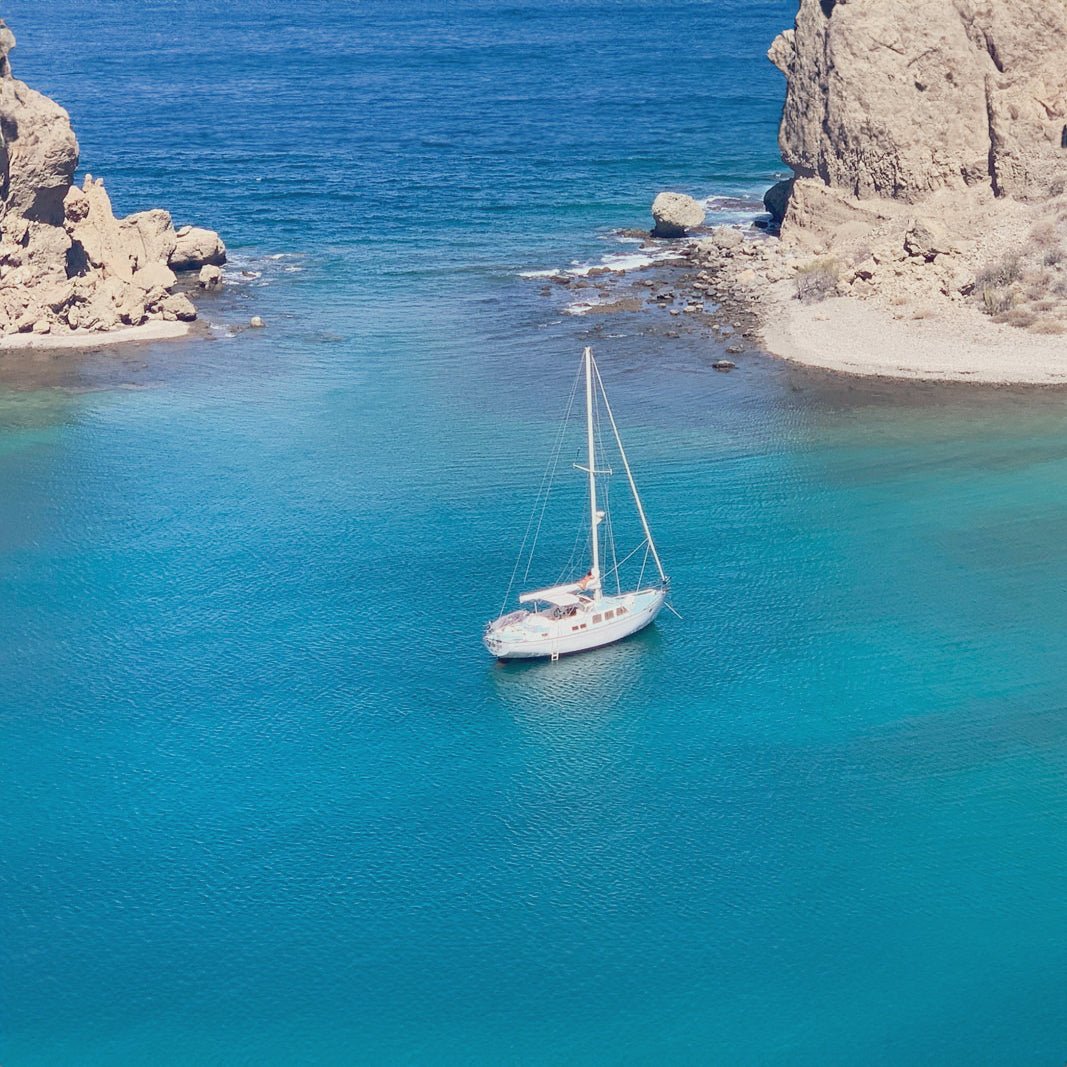
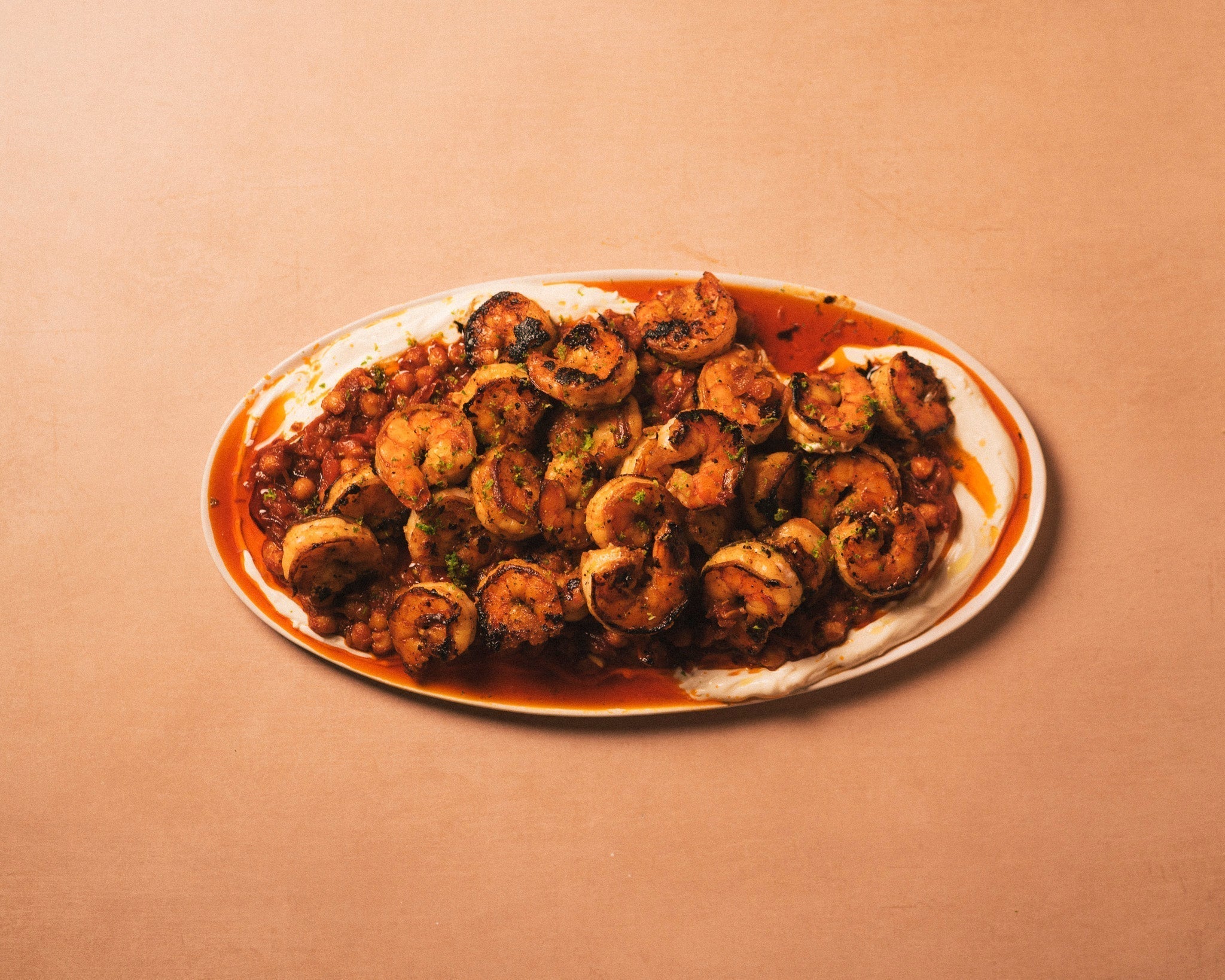
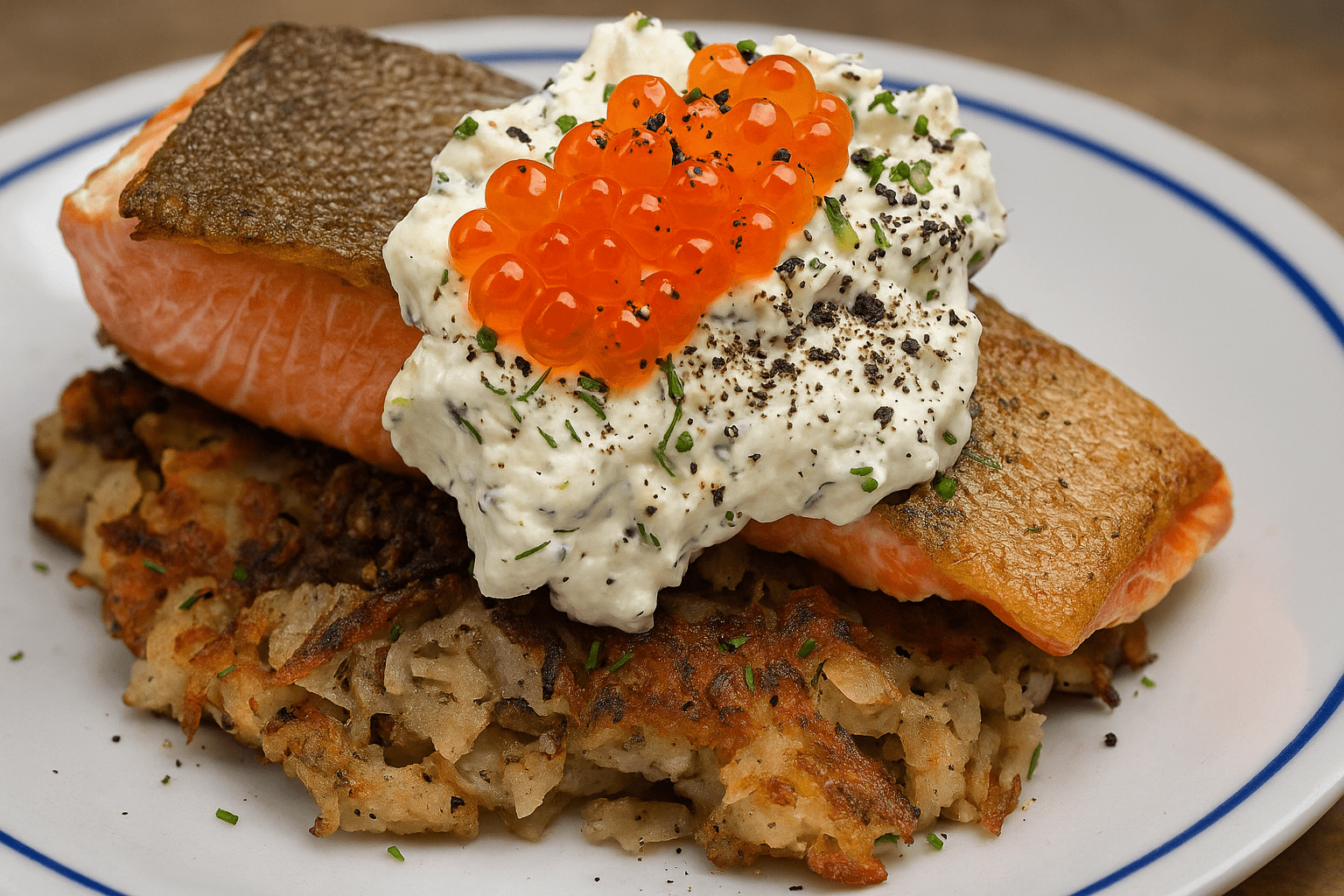
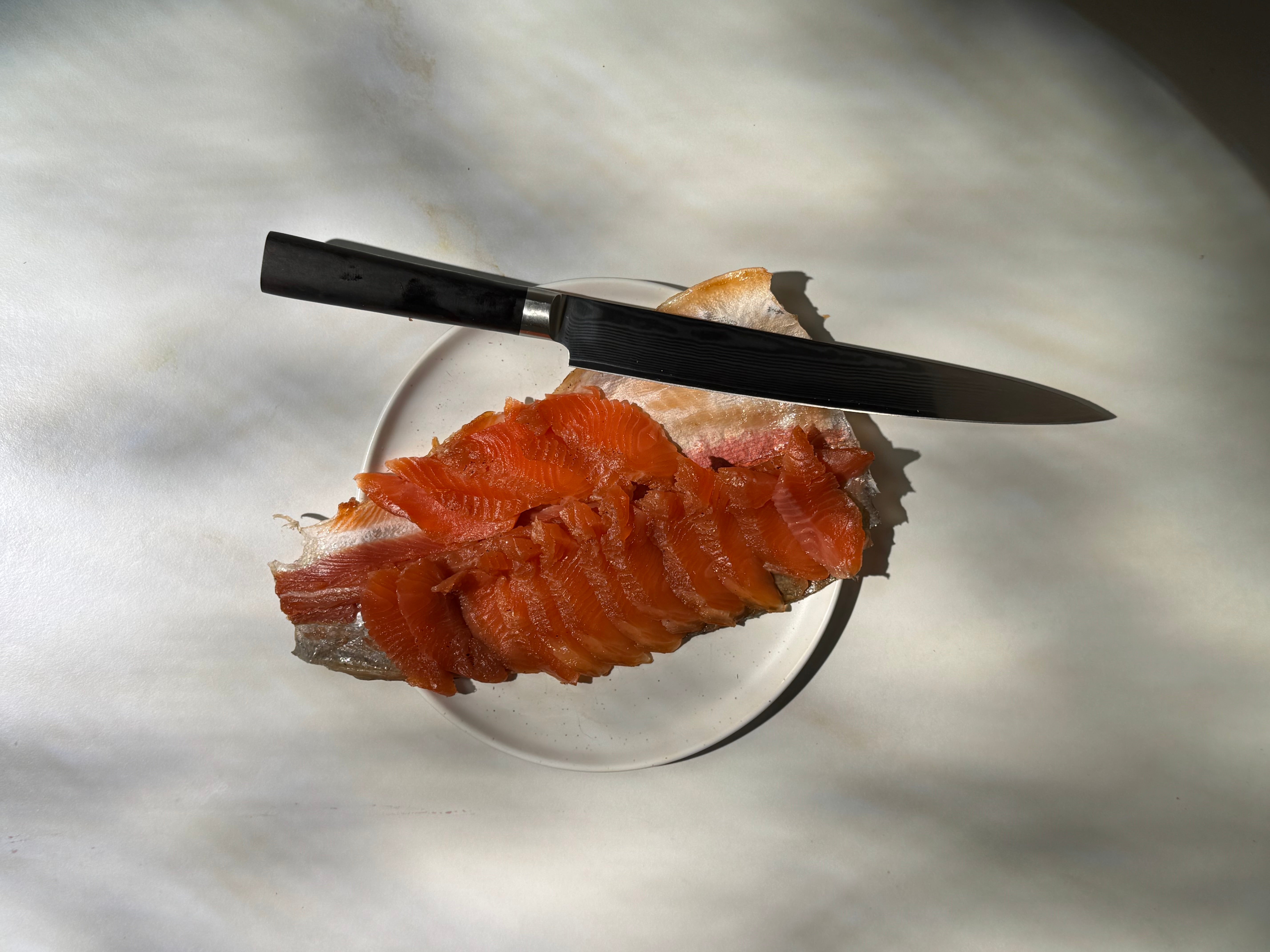
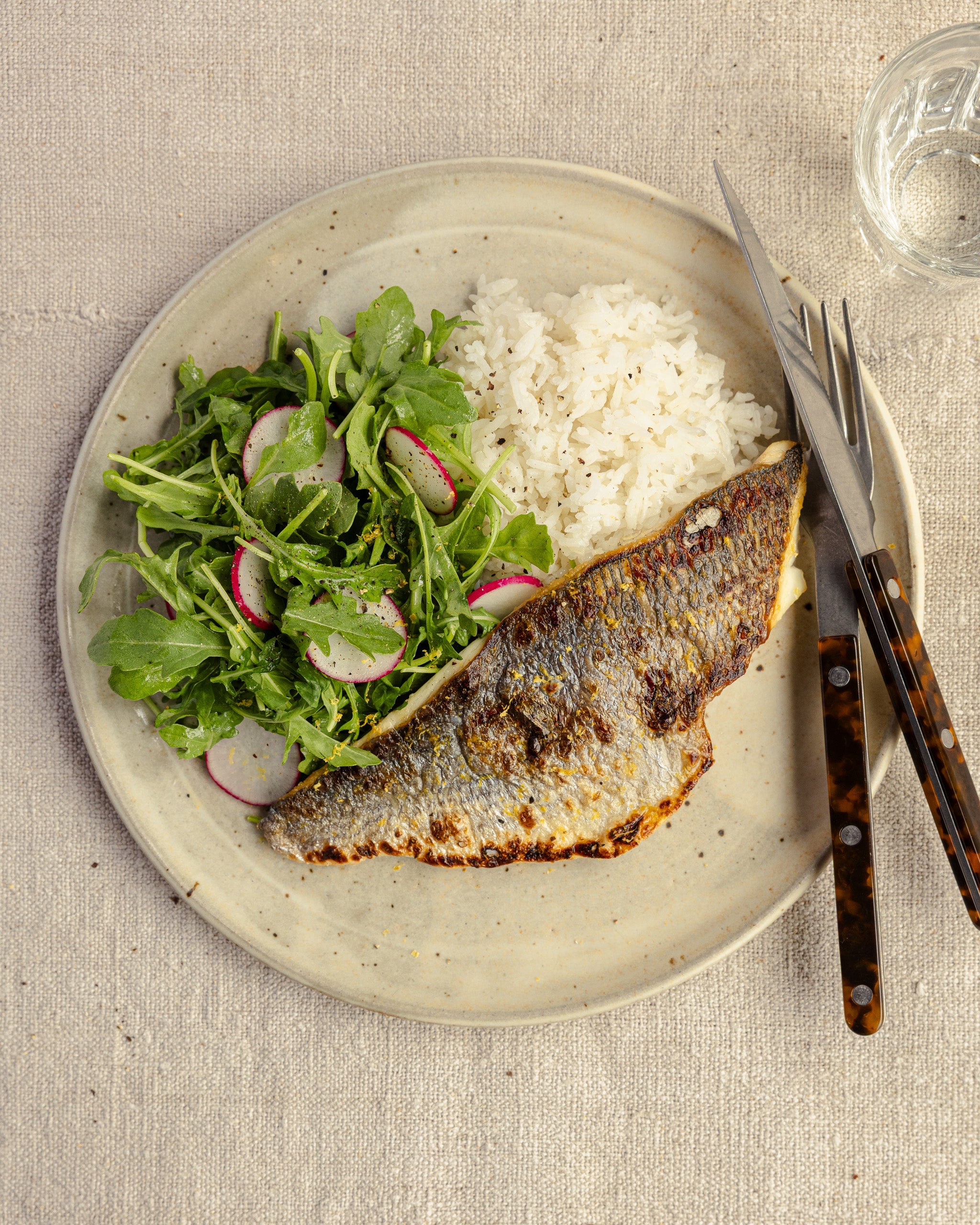
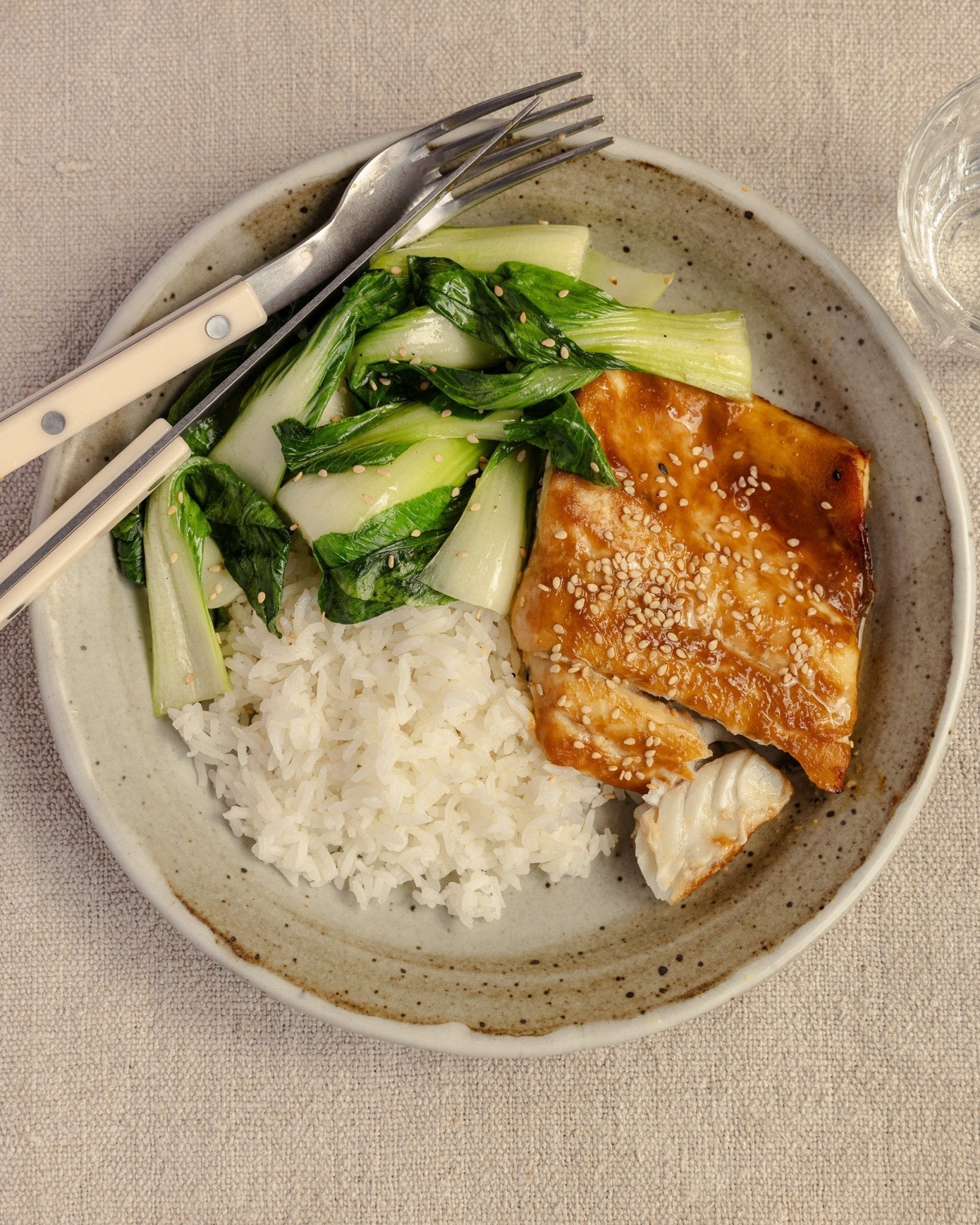
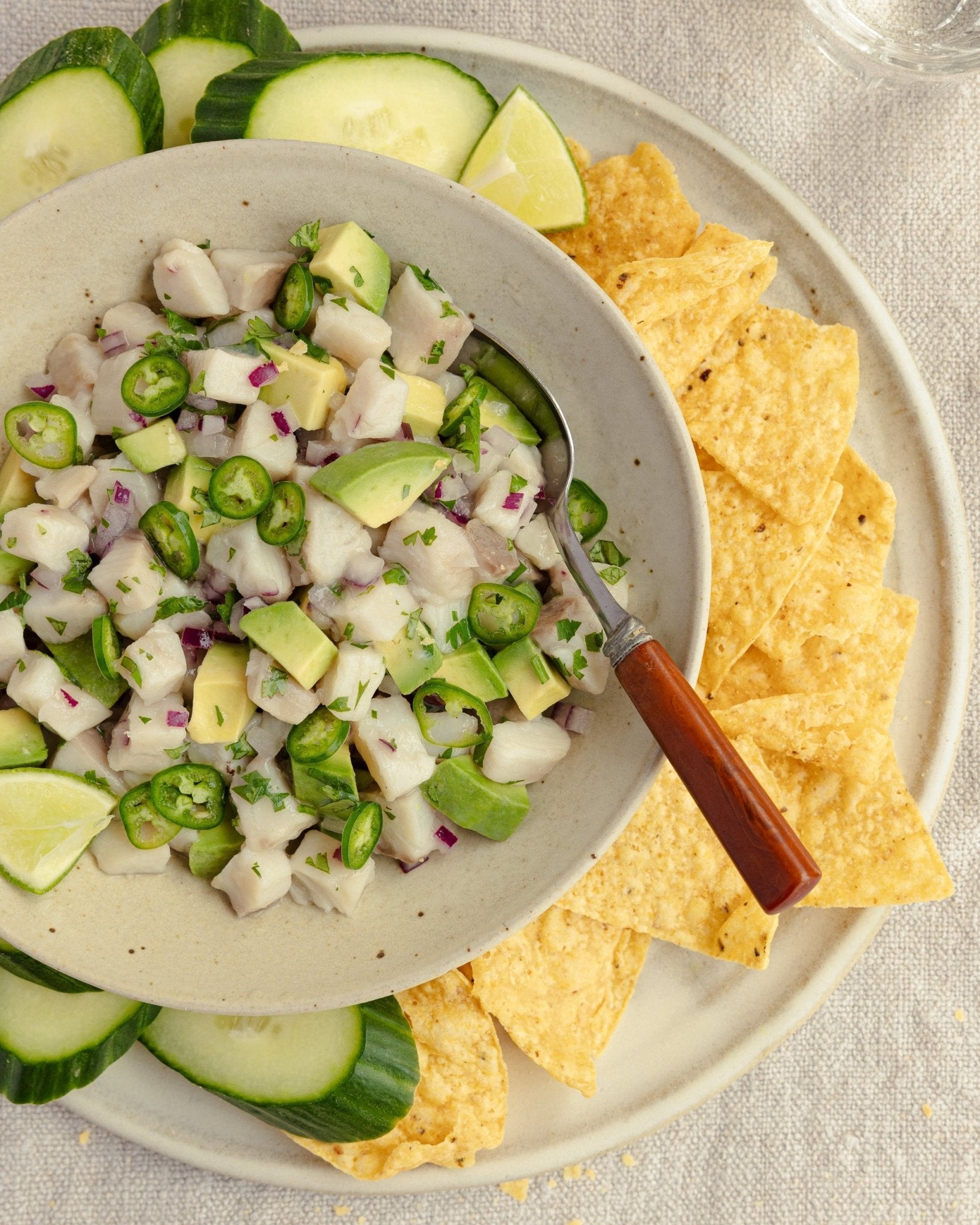
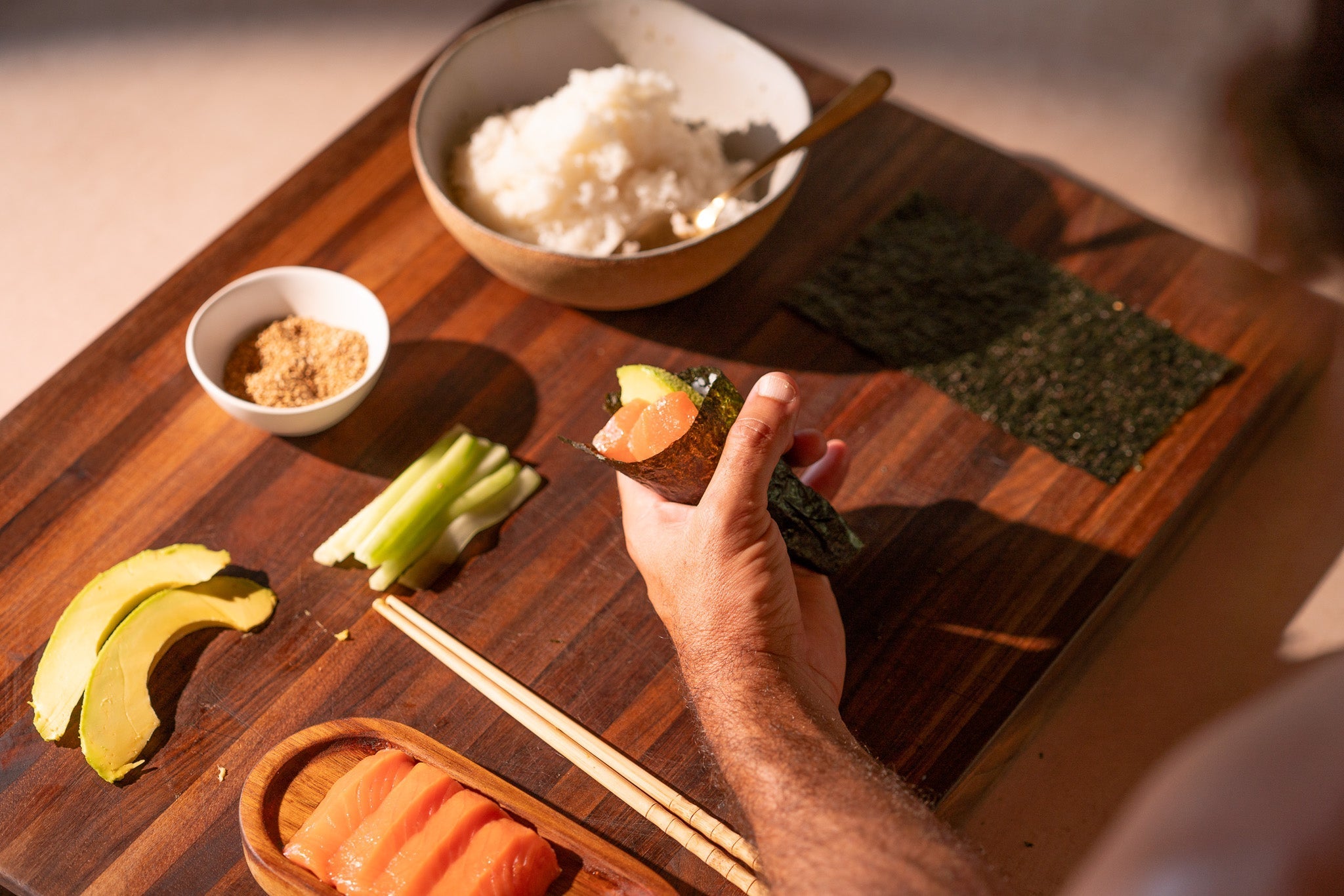
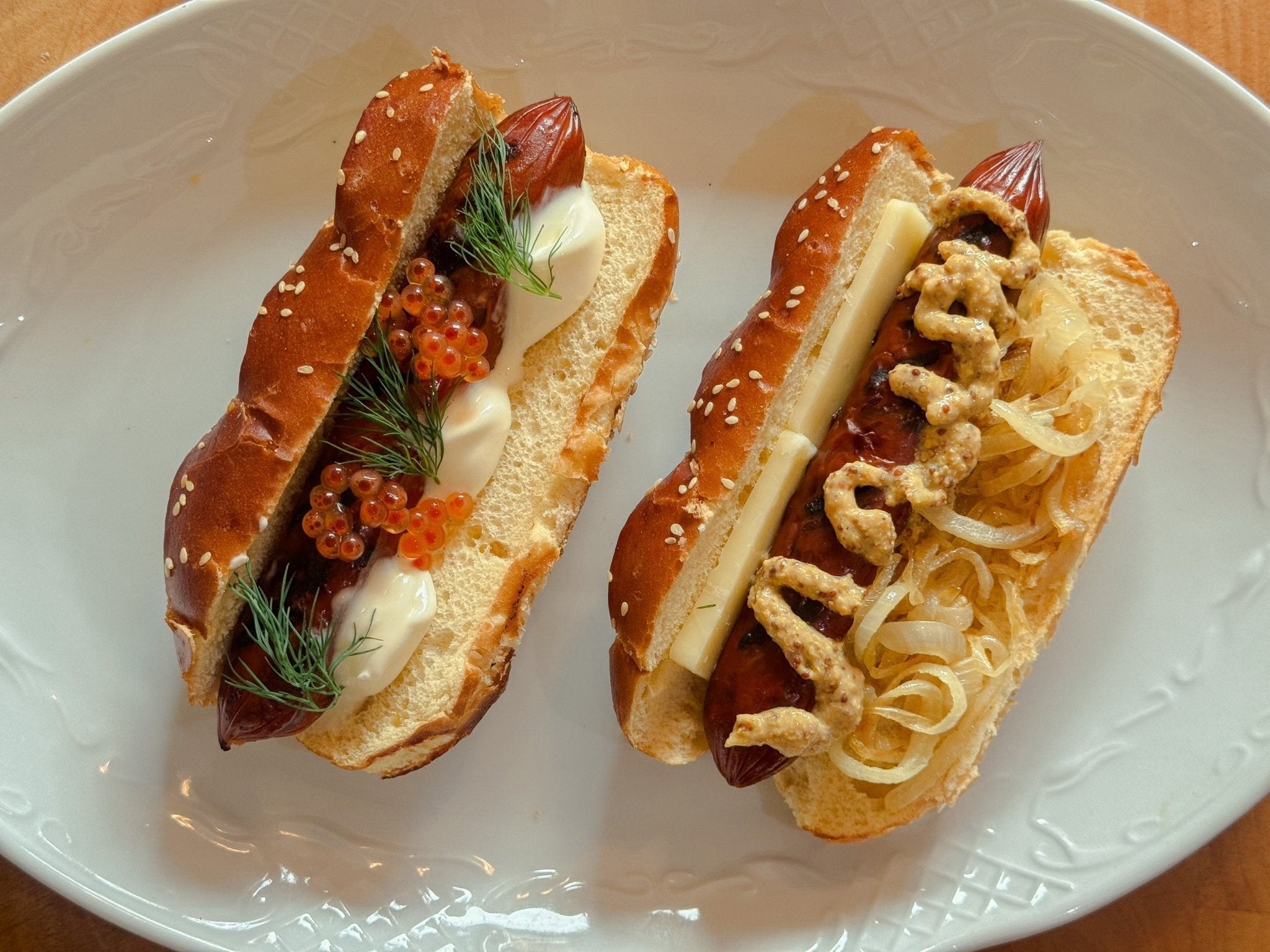
Share:
Seatopia Podcast: Episode 1 - Safeguarding Sharks: A Deep Dive with Kinga Philips
Elevating Your Senses with Aged Yuzu Kosho: An Authentic Japanese Secret